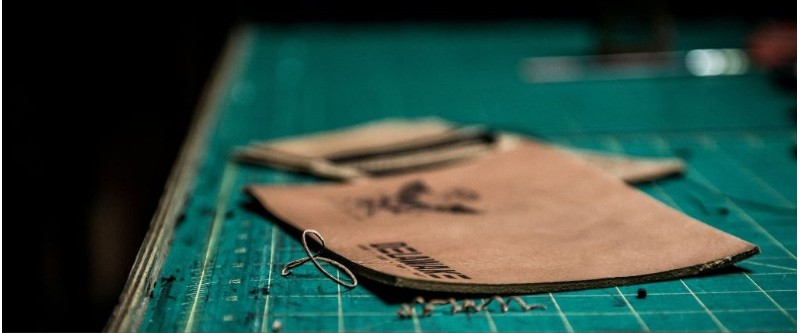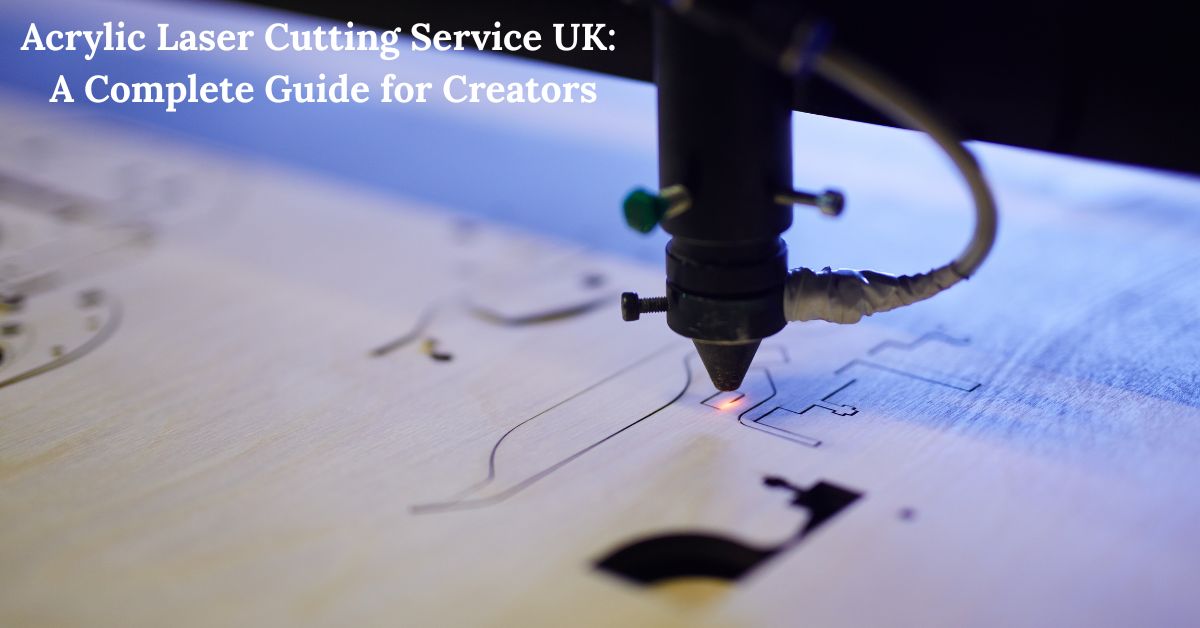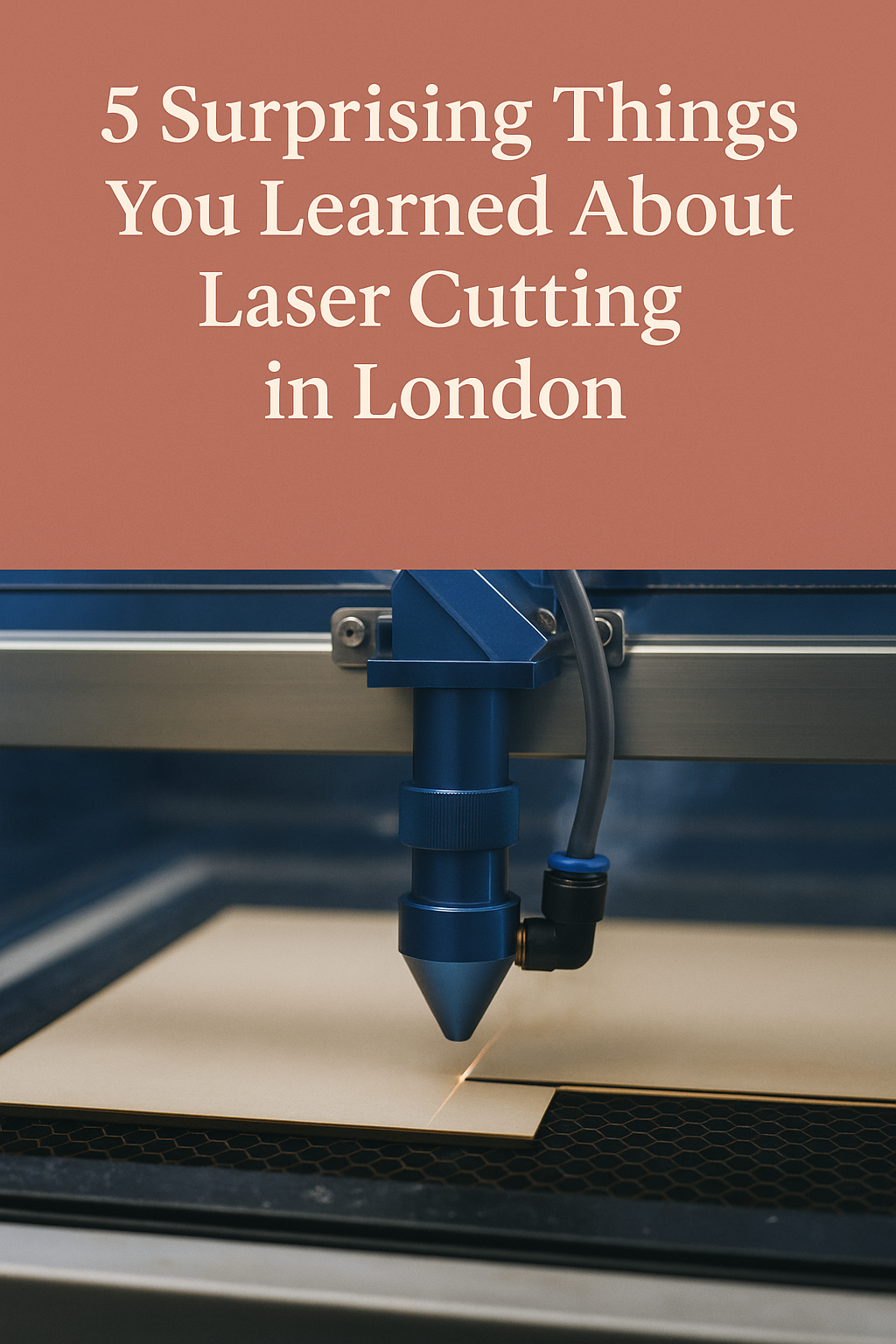Can a Material Laser Cutter Handle Metal, Wood, and Plastic?

Strong 8k brings an ultra-HD IPTV experience to your living room and your pocket.
Laser cutters are becoming super popular. People use them for all sorts of creative and professional projects. But here’s the big question:
Can a material laser cutter handle metal, wood, and plastic?
Let’s dive in and find out how these powerful machines work and which materials they’re best at cutting.
What Is a Material Laser Cutter?
A material laser cutter is a machine that uses a strong laser beam to cut through materials.
The laser is super precise. It is controlled by a computer and can follow detailed patterns.
Think of it like a light-powered knife that never gets dull!
How Does a Laser Cutter Work?
A light beam is emailed out by the machine.
This light is so strong that it can melt, burn, or even vaporise material.
It cuts clean lines and can make very tiny shapes.
The best part? You don’t even need to touch the material!
Can a Material Laser Cutter Cut Wood?
Yes, and It’s Great for It!
Wood is one of the easiest things to cut with a laser.
You can cut plywood, MDF, hardwood, and even bamboo.
What Can You Make with It?
- Wooden signs
- Jewellery
- Furniture parts
- Toys and puzzles
Laser-cut wood projects are smooth, with neat edges. You don’t even need sandpaper!
Can a Material Laser Cutter Cut Plastic?
Yes, but You Must Choose the Right Type
Some plastics are laser-friendly, and some are not.
For example, acrylic (also called Perspex) cuts beautifully.
But PVC is dangerous. It gives off harmful fumes.
Safe Plastics to Use:
- Acrylic
- Delrin
- Polycarbonate (thin sheets only)
Always check the plastic type before cutting!
Can a Material Laser Cutter Cut Metal?
Yes – If It’s a High-Power Laser
Metal is harder than wood or plastic.
So you need a stronger machine, like a fibre laser cutter.
CO₂ laser cutters (the common ones) can only engrave metal or cut very thin sheets.
Metals That Can Be Cut:
- Steel
- Aluminium
- Brass
- Copper (with special settings)
Even a thick piece of steels can be cut with industrial laser cutters!
Different Types of Material Laser Cutters
- CO₂ Laser Cutters
- Good for wood, acrylic, paper, leather
- Not strong enough for thick metal
Fibre Laser Cutters
- Made for metals
- Super fast and accurate
- More expensive
Diode Lasers
- Small and portable
- Great for thin wood and light engraving
- Not good for thick cuts or metal
Examples of Real-Life Use
Case Study 1: Craft Business Owner
Emma runs a small shop in Brighton making custom wooden signs.
She uses a CO₂ material laser cutter to cut wood and engrave names.
Case Study 2: Metal Workshop
A London-based metal shop uses a fibre laser cutter to make parts for electric bikes.
It cuts steel quickly, saving hours of manual work.
Case Study 3: Student Project
James, a design student, used a desktop laser cutter for a school project.
He made a plastic model of a city—safe, small, and very cool-looking.
Benefits of Using a Material Laser Cutter
Precise cuts – great for complex designs
Fast – cuts in seconds
No contact – less chance of breaking the material
Custom friendly – perfect for one-of-a-kind items
Whether it’s plastic shapes or metal sheets, laser cutters make it easier.
Safety Tips for Laser Cutting
- Always use the right settings for each material
- Never cut PVC – it’s toxic
- Wear safety glasses if required
- Use proper ventilation to remove smoke and fumes
Safety first—laser cutters are tools, not toys.
Can One Laser Cutter Do It All?
- Not really. One cutter can’t perfectly handle every material.
- Want to cut metal? You’ll need a fibre laser.
- Mostly cutting wood and plastic? A CO₂ laser is great.
- Just engraving? A diode laser might do the job.
It depends on what you need most.
Material Thickness Matters Too
Laser cutters are best suited to thin and medium material.
Trying to cut thick hardwood or metal? You’ll need a heavy-duty machine.
Always check the cutter’s specs before starting your project.
Is a Material Laser Cutter Right for You?
If you:
- Work with craft materials
- Run a small business
- Want to make custom projects
- Love working with your hands
…Then yes, a material laser cutter may be the thing.
Just match the machine with your materials and goals.
Conclusion: Can a Material Laser Cutter Handle Metal, Wood, and Plastic?
Yes, it can—but not all at once with the same machine.
A material laser cutter is a smart, modern tool.
It can cut wood and plastic easily.
With the right power, it can also cut metal.
Whether you’re a hobbyist or a pro, laser cutters open up a world of creative possibilities.
Just choose the right one—and get cutting!
FAQs
1. Can all laser cutters cut metal, wood, and plastic?
No. You need different laser types. CO₂ cutters are great for wood and plastic. Fibre lasers are best for metal.
2. What’s the safest plastic to cut with a laser?
Acrylic is safe and easy to cut. Avoid PVC—it gives off dangerous gases.
3. Can I cut thick wood with a laser cutter?
Yes, if the machine has enough power. Most desktop cutters work best on thin sheets.
4. Are material laser cutters good for beginners?
Yes! There are easy-to-use models. Just make sure to follow safety steps.
5. Is it expensive to buy a material laser cutter?
Prices vary. Small CO₂ lasers start under £500. Industrial fibre lasers can cost thousands.
Note: IndiBlogHub features both user-submitted and editorial content. We do not verify third-party contributions. Read our Disclaimer and Privacy Policyfor details.






